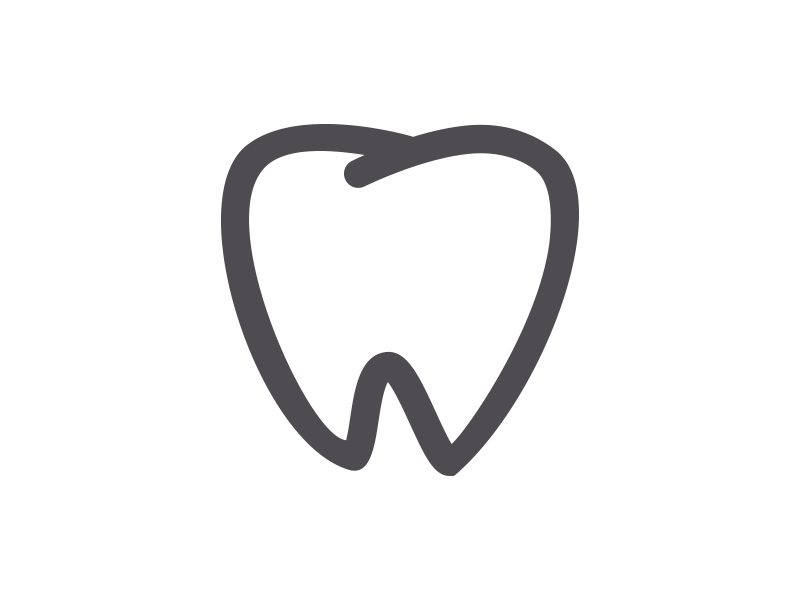Long in the tooth
Long in the tooth

Have you ever heard the expression that someone is “long in the tooth?”
“Long of tooth” doesn’t have to be. Are you interested in keeping your youthful smile? Give us a call and we can help. – Dr. Medina
It refers to a condition we call recession. Gum tissue recession occurs when the tissues around the teeth pull away from the tooth and bone, exposing root surface. It can occur anywhere in the mouth and happen at any age.
Why is recession an issue?
Exposed root surfaces are normally covered and protected by bone and tissue. Once exposed, these become more susceptible to decay as root surface is softer than enamel. They are also more susceptible to erosion from acidic foods, drinks and stomach acids. These areas are often very sensitive to cold foods or beverages and also to dental cleanings/scaling.
Recession is caused by numerous different reasons which include:
- Periodontal disease: Pockets around the teeth and inflammation caused by bacteria force the tissues to pull away creating recession.
- Clenching/grinding: Clenching and/or grinding, also called parafunction, push the teeth against the bone that supports the teeth causing tissues and bone to pull away exposing root surface.
- Poorly aligned teeth: Teeth that do not work together in a harmonious way lead to trauma on the supporting bone and tissues which can lead to recession. Conversely, history of orthodontic treatment can lead to recession as teeth are moved through the bone leading to thinning bone in some areas.
- Aggressive brushing: Using too much force while brushing along with bristles that are too hard can cause irritation to the tissues leading to recession.
- Chewing tobacco: Tobacco sits along the gumline and acts as an irritant leading to changes in the health of the tissues and ultimately recession.
- Partial dentures: Removable partial dentures that do not fit well can affect tissues along the gumline causing recession.
Treatment of recession varies depending on the cause. Changing brushing habits sometimes is adequate to alleviate the issue. If the recession is excessive, periodontal tissue grafting, as well as possible bone grafting, is often recommended to provide support to the affected tooth/teeth. If the recession is due to periodontal disease, then treating the affected areas with deeper therapies are indicated. If the root surface has eroded or decayed, then often, dentists will need to place fillings along the gumline.
Orthodontic treatment, traditional or Invisalign, to properly align teeth can help prevent recession from occurring or prevent further breakdown of the tissues. Sometimes it takes the combined efforts of dentists, periodontists and orthodontists to manage particularly involved needs of a patient.













